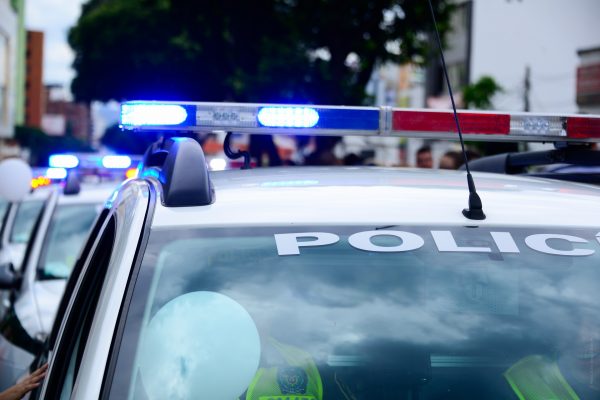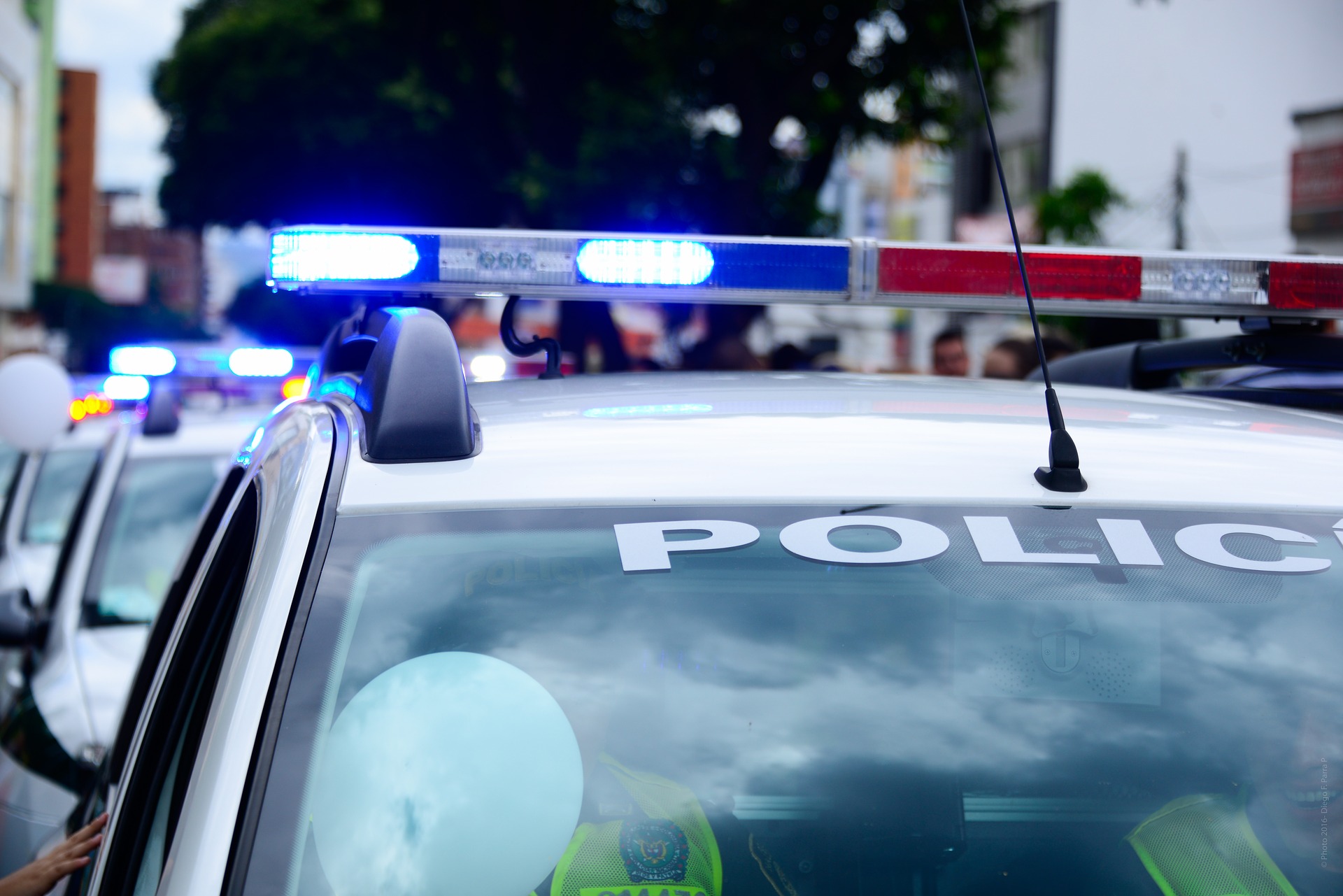
アラブ首長国連邦(UAE)のドバイ(Dubai)はスマートシティ化を進めており、ドバイ警察では警察官ロボットの導入に続き、シンガポールのOTSAW Digital社と「自律型屋外セキュリティロボット」O-R3を2017年末までに導入することで合意しました。その実態は「自動運転パトカー」です。
O-R3には360°カメラ、熱探知装置、レーザースキャナーなどが搭載されており、100m先の物体も認識することが可能です。
ドバイ警察のKhalid Nasser Alrazooqi准将によると、他にも顔認識や、車両や放置物の識別もできるとのこと。中央管制室にアラートを送る機能もあり、モバイルアプリでデータを参照することも可能です。
O-R3本体は約125kgで、最高時速は15km程度ですが、車体に搭載されている飛行時速45kmのドローンと連携すれば不審者の追跡も可能になります。
OTSAW社によると、ドバイ警察は2020年までに100台の導入に合意しているとのこと。
これはドバイ警察が2030年までに警察の仕事の25%をロボットに置き換えるという計画の一部で、Alrazooqi准将の話では、将来的には自動運転のパトカーにロボットの警察官を乗せる計画もあるということです。
Self-driving police patrol to hit Dubai
Self-driving police vehicles are set to hit Dubai — but don’t expect to catch a ride in one. This autonomous police car is tiny.
Continuing a Smart Dubai initiative, which saw Dubai Police introduce a humanoid robot officer last month, the force has signed an agreement with Singaporean company OTSAW Digital to introduce so-called “autonomous outdoor security robot” O-R3 by the end of 2017.
OTSAW touts the O-R3 as the world’s first ground-aerial outdoor security robot.
The inevitable rise of the robocops
The inevitable rise of the robocops
Functionally, the ground robot is not unlike units manufactured by Californian company Knightscope or the E-Patrol Robot Sheriff in China.
With a wheel base less than four by two feet, the sensor-heavy O-R3 is fitted with 360 degree HD cameras, thermal imaging, a laser scanner and Lidar (light detecting and ranging), utilizing SLAM (Simultaneous Localization and Mapping) technology to navigate its surroundings, identifying objects up to 330 feet away.
Brigadier Khalid Nasser Alrazooqi of Dubai Police confirmed to CNN that the O-R3’s surveillance tools will be used to identify faces, wanted vehicles and unattended objects. The robot will alert police officers in central command, with data also available via mobile apps.
The O-R3 utilizes SLAM (Simultaneous Localization and Mapping) technology to navigate. Sensors can detect objects up to 330 feet away.
The O-R3 utilizes SLAM (Simultaneous Localization and Mapping) technology to navigate. Sensors can detect objects up to 330 feet away.
At 275 lbs and with a top speed of 9.3 mph, the O-R3 ground vehicle can’t chase down criminals. However it does have an ace in the hole. Or rather, in the trunk. The robot’s deployable drone can reach 27.9 mph to track suspects — and not even Usain Bolt can outrun that.
Other features according to OTSAW’s website include perimeter breach detection and monitoring environmental factors including CO2 levels.
“It will be part of our smart police IoT (‘Internet of Things’) systems all integrated (with) each other,” Brigadier Alrazooqi adds, saying that the force will start with one unit “and will increase the numbers after we … take all the feedback from the police units.”
Manufacturer OTSAW told CNN that Dubai Police have agreed in principal to acquire up to 100 units by 2020, leased at a cost of $10,000 per unit per month. OTSAW adds that it is currently in talks with “multiple government agencies from different countries” regarding the model.
The O-R3 is a pricey move and part of Dubai Police’s drive towards making 25% of its force a robot by the year 2030.
It's official: Dubai has world's fastest police car — and it can go 253 mph
It’s official: Dubai has world’s fastest police car — and it can go 253 mph
For those disappointed by the scale of the O-R3, Dubai Police is still thinking big.
“We’re planning later on to have robot (officers) in driverless cars,” said the brigadier in a previous interview with CNN in April, adding that the police want to work with Tesla and other undisclosed companies.
So if your fantasy is to be pushed into the back of a sci-fi police car a-la “Logan’s Run,” “Timecop” and “Demolition Man,” Dubai might one day be the place.
In the meantime, citizens and visitors will have to make do with the chirpy O-R3.





















